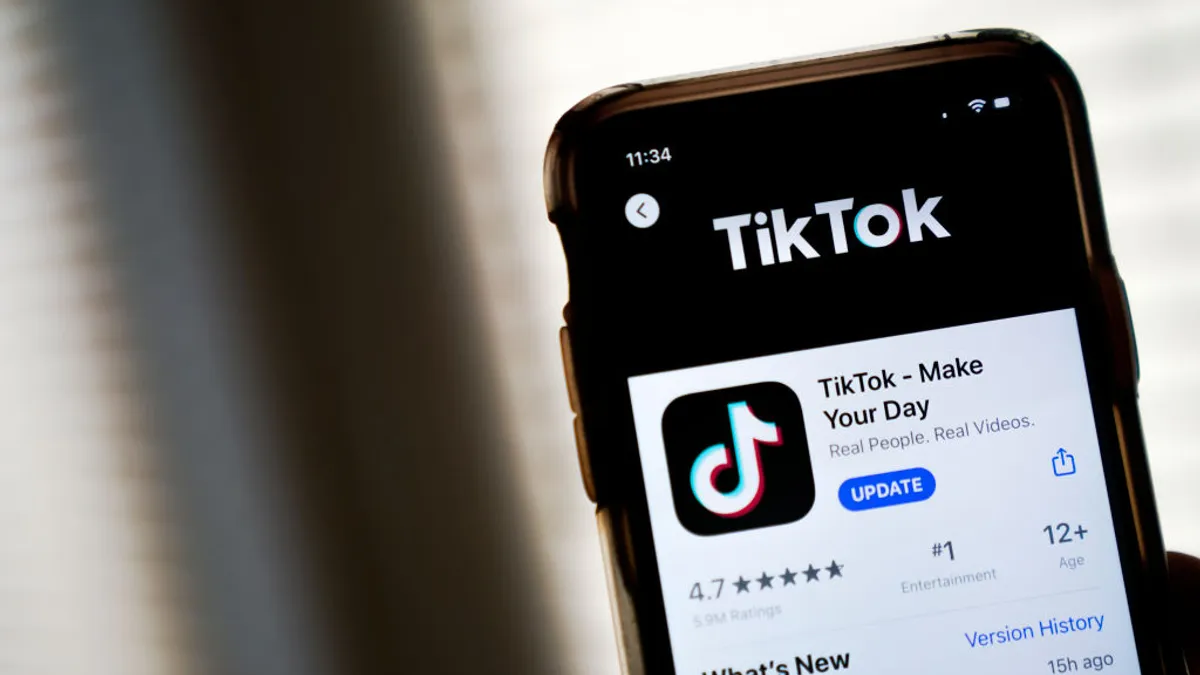Dive Brief:
-
Scientific research is helping schools and states develop guidelines on how to curb social media use, based on an understanding of why these platforms are so enticing to students and adults alike. The design of these apps is anchored in neuroscience, offering a boost of dopamine while keeping the user’s finger hovered to continue scrolling.
-
While data has linked social media use to depressive feelings, there can also be upsides to these apps, said Kelly Mendoza, vice president of education programs at Common Sense Media. The key is for parents and educators to help students find a balance without creating blanket policies that make pupils feel bad or push them to sneak social media use.
-
“Approach the topic of social media from a place of curiosity rather than blame or shaming,” Mendoza said. “This is a lifeline for students to the world, so we have to be careful about bringing into the circle rather than approach the subject negatively from the get-go.”
Dive Insight:
While educators are familiar with distracted students scrolling on mobile devices in classrooms, teaching them about digital citizenship and the role social media plays in their lives — and perhaps how much time they devote to these apps — may be a better pathway than blanket policies that forbid these platforms or devices altogether.
One of the goals in teaching digital citizenship, Mendoza said, is to help students think critically about the digital world and then make informed decisions about the role devices and media play in their lives and relationships.
Teaching students how companies design apps to keep people engaged, and how notifications and videos with autoplay work to keep someone hooked into an app without being aware, is a first step.
But Mendoza believes that for all the “junk” she sees on social media, there are educational videos and posts that can be beneficial for students. For instance, she points to Howie Hua, a popular TikTok creator who posts videos on math tips including how to subtract from left to right.
Ultimately, Mendoza said that rather than demonize social media, educators should help students consider how the apps make them feel over time, assess their habits, and then feel empowered to make choices that feel best for them.
“We can’t ban social media,” Mendoza said. “But we can take the good things and avoid the negative aspects.”






 Dive Awards
Dive Awards




